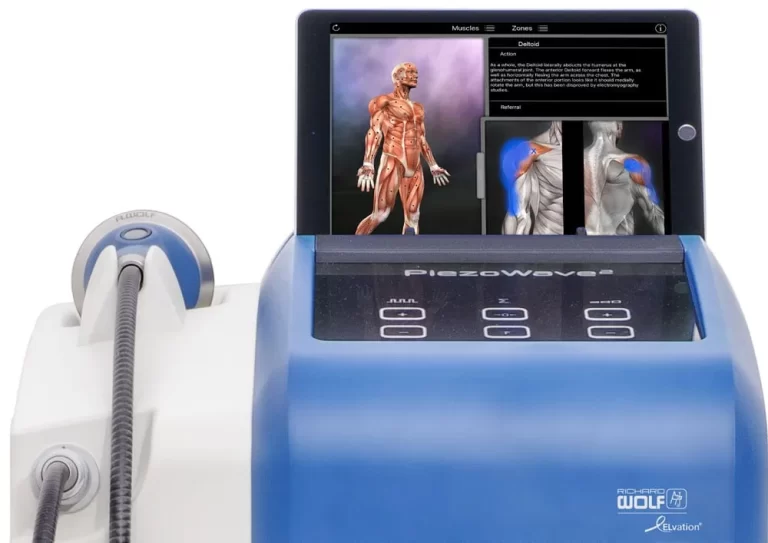
Hip pain radiating down the leg, often referred to as sciatica, is a condition frequently observed in office workers or those in professions requiring prolonged sitting or repetitive movements, like driving. This condition is also common among individuals who frequently lift heavy objects and those who are overweight. It’s essential to seek early intervention from a physical therapist to prevent the condition from worsening and to reduce the risk of serious health complications.
Sciatica typically manifests as pain originating from the lower back or hip area, radiating down the back of one or both legs. This pain can extend to the calf or foot in severe cases. The discomfort may range from a mild ache to a sharp, burning sensation, or even electric shock-like pain. Numbness, tingling, and muscle weakness in the leg or foot are also common symptoms.
The sciatic nerve, the largest in the body, can become irritated or compressed due to various factors. When this occurs, the resulting symptoms are collectively known as sciatica.
While sciatica is not life-threatening, it can lead to chronic pain and debilitating conditions if left untreated. In rare cases, it can cause permanent nerve damage, leading to severe weakness in the legs, loss of sensation, or even loss of bladder or bowel control, a condition known as cauda equina syndrome. Immediate medical attention is vital in these scenarios.
Shockwave therapy, a non-invasive treatment option, has gained attention in recent years as an effective method for managing various musculoskeletal conditions, including sciatica. While it is traditionally known for treating conditions like plantar fasciitis, tennis elbow, and shoulder tendinitis, its application in sciatica treatment represents an innovative approach.

Shockwave therapy uses high-energy sound waves or acoustic waves to initiate a healing response in injured tissues. Here’s how it works in the context of sciatica:
Not a Standalone Treatment: Shockwave therapy is often most effective when combined with other treatments such as physical therapy, stretching exercises, and lifestyle modifications.
Patient Selection: Not all patients with sciatica are suitable candidates for shockwave therapy. The effectiveness can vary depending on the underlying cause of the sciatica and the individual’s overall health.
Consultation with Healthcare Professionals: It’s important to consult with a healthcare professional to determine if shockwave therapy is an appropriate treatment option for your sciatica. They can assess your condition and recommend a comprehensive treatment plan.

Pain Clinic Near Me offers comprehensive treatment for sciatica, combining modern techniques and personalized care. Our team of experienced professionals ensures a thorough assessment and develops a targeted treatment plan, employing advanced methods like Shock Wave therapy or Pulsed Magnetic Stimulation (PMS), alongside traditional physiotherapy techniques. We are dedicated to alleviating your pain and improving your quality of life from the first visit.
Engaging in physical therapy can contribute to an improvement in chronic pain from the very first session. However, to enhance treatment effectiveness, it is recommended to undergo continuous physical therapy sessions as advised by medical professionals or physical therapists. Typically, positive results can be anticipated within the initial 5-6 sessions, especially for individuals with moderately severe symptoms.
At Pain Clinic Near Me, we employ state-of-the-art physical therapy tools to treat our clients, providing relief from pain starting with the first session—without the need for medication or surgery.
Pain Clinic Near Me is a physical therapy and rehabilitation clinic overseen by licensed physicians. We are able to provide medical certificates to our clients for the purpose of health insurance claims or outpatient group insurance (OPD).
Pain Clinic Near Me offers parking space for up to a hundred vehicles, providing convenient and hassle-free access for those driving in for our services.
Payments for services at Pain Clinic Near Me can be made in cash, by card, or through bank transfer. We offer multiple convenient options to suit your preferences.
© All Rights Reserved.